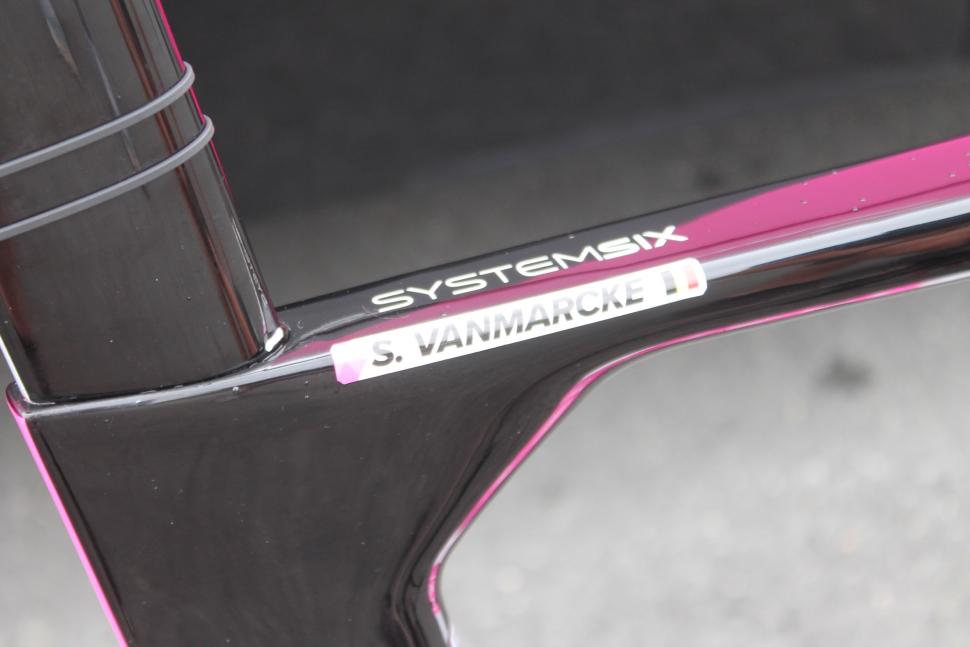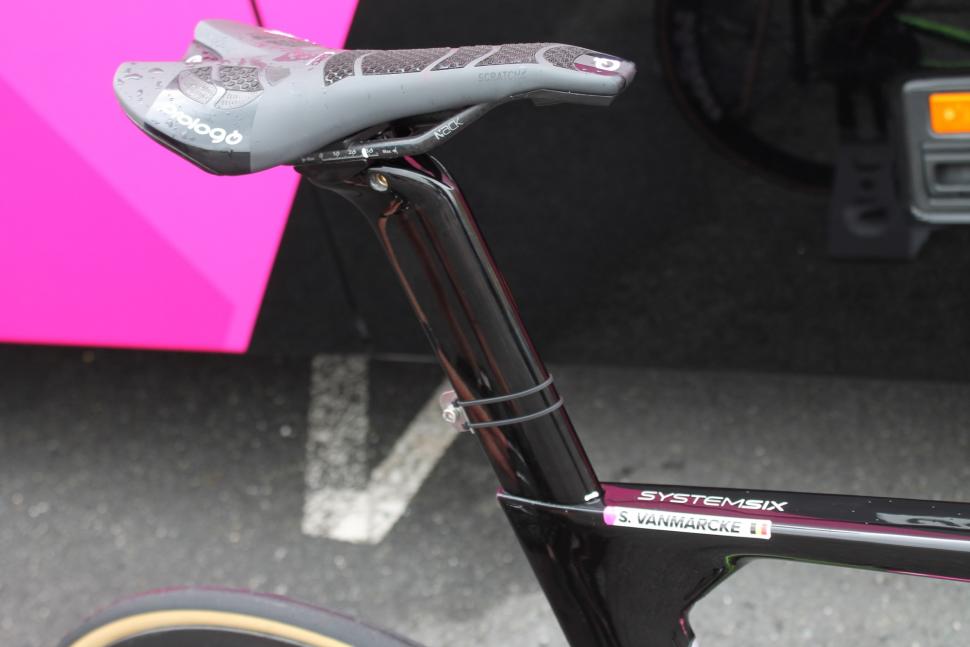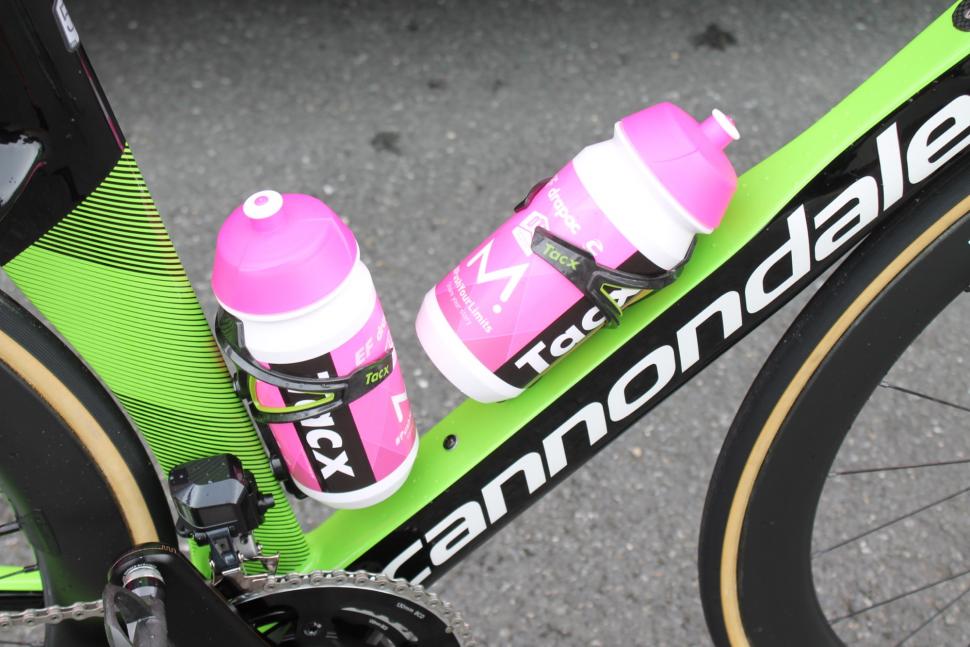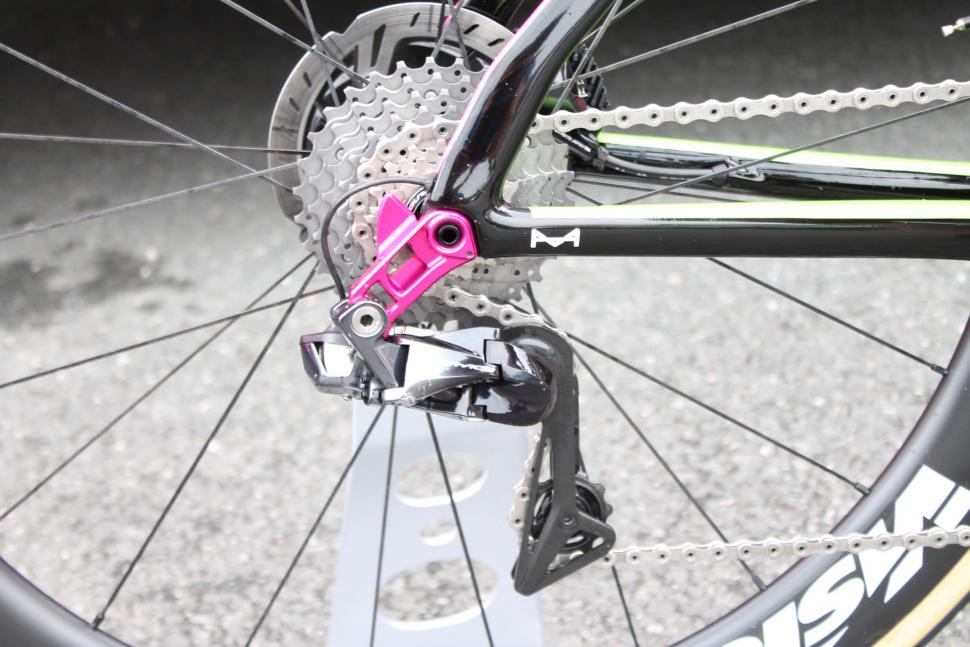- News
- Reviews
- Bikes
- Accessories
- Accessories - misc
- Computer mounts
- Bags
- Bar ends
- Bike bags & cases
- Bottle cages
- Bottles
- Cameras
- Car racks
- Child seats
- Computers
- Glasses
- GPS units
- Helmets
- Lights - front
- Lights - rear
- Lights - sets
- Locks
- Mirrors
- Mudguards
- Racks
- Pumps & CO2 inflators
- Puncture kits
- Reflectives
- Smart watches
- Stands and racks
- Trailers
- Clothing
- Components
- Bar tape & grips
- Bottom brackets
- Brake & gear cables
- Brake & STI levers
- Brake pads & spares
- Brakes
- Cassettes & freewheels
- Chains
- Chainsets & chainrings
- Derailleurs - front
- Derailleurs - rear
- Forks
- Gear levers & shifters
- Groupsets
- Handlebars & extensions
- Headsets
- Hubs
- Inner tubes
- Pedals
- Quick releases & skewers
- Saddles
- Seatposts
- Stems
- Wheels
- Tyres
- Health, fitness and nutrition
- Tools and workshop
- Miscellaneous
- Tubeless valves
- Buyers Guides
- Features
- Forum
- Recommends
- Podcast
TECH NEWS
Tour de France Tech 2018: Education First’s Cannondale SystemSix + video
This is the new Cannondale SystemSix, billed as “the world’s fastest UCI-legal road bike” when it was officially launched a couple of weeks ago. We grabbed Sep Vanmarcke's bike just before the start of the Tour de France and got Cannondale's aerodynamicist Nathan Barry to give us the full lowdown on the design.
For a few years most major brands have had gone for a dual-pronged attack when it comes to high-end road bikes: a lightweight option and an aero option. Cannondale, on the other hand, has had the SuperSix Evo fronting it out on its own. That all changes with the introduction of the SystemSix, a bike with a massive focus on aero efficiency.
Find out all about the Cannondale SystemSix from our launch story.
The SystemSix is disc brake only – there is no rim brake version of this bike. The same is true of the new Specialized Venge, BMC Timemachine and the latest version of Giant’s Propel aero road bike.
Check out our feature: The rise and rise of disc brake aero road bikes
Cannondale prefers not to label the SystemSix as an aero road bike because it feels that the bike puts in a strong performance all-round, not just on flat route profiles.
Cannondale has tailored the airfoil profiles of the various parts of the frame “with differing degrees of truncation designed to maintain flow attachment across important yaw angles to minimise drag”. It has also introduced what it calls a chine at the base of the head tube “to redirect air flow coming up the back of the fork leg, channelling it downstream”.
The proprietary fork is airfoil profiled too with an integrated crown. It has asymmetric legs for handling the loads imposed by disc brakes and enough clearance for larger tyres.
Read our Cannondale SystemSix first ride impressions.
Cannondale claims that the SystemSix produces the least aerodynamic drag of any road bike on the market, including rim brake bikes. Its assertion is based on yaw angles from -20°C to 20°C and a speed of 48km/h (30mph). It uses a weighted drag system to calculate aerodynamic efficiency, taking account of the relative importance of different yaw angles.
Cannondale reckons that when you’re riding solo or on the front of a group at 48km/h (30mph), the SystemSix will save you more than 50 watts compared to a lightweight (non-aero) road bike.
In a 60km/h sprint over 200m, Cannondale’s notional rider on the SystemSix will save 0.4secs over an identical rider putting out the same power on a SuperSix Evo, finishing 7.2m ahead.
Even though the SystemSix is heavier than its SuperSix Evo, its aerodynamic efficiency makes it faster on any slope up to about 6% (it’ll depend a little on the rider and the power they’re putting out). The higher the speed the more the balance tips in favour of the SystemSix.
There are five models in the 2019 range which will begin to become available from September.
Want more 2018 Tour tech? Then visit our special Tour de France tech 2018 tag page and fill yer boots!
Mat has been in cycling media since 1996, on titles including BikeRadar, Total Bike, Total Mountain Bike, What Mountain Bike and Mountain Biking UK, and he has been editor of 220 Triathlon and Cycling Plus. Mat has been road.cc technical editor for over a decade, testing bikes, fettling the latest kit, and trying out the most up-to-the-minute clothing. He has won his category in Ironman UK 70.3 and finished on the podium in both marathons he has run. Mat is a Cambridge graduate who did a post-grad in magazine journalism, and he is a winner of the Cycling Media Award for Specialist Online Writer. Now over 50, he's riding road and gravel bikes most days for fun and fitness rather than training for competitions.
















My new double glazed wooden framed sash windows are £1600 plus vat per (quite large) window. House built in 1904. The cost includes fitting and...
We promote #bikefriday You dont need it - go for a spin. Nice bikes and kit are lovely, but not as noice as a dawn spin this friday morning with a...
Council acting like ‘the Sheriff of Nottingham’ with parking charges...
Man taken to hospital after vehicle crashes into pub...
Car flips in Millennium Way, Sheerness, near former Aldi supermarket that reopens as Home Bargains this weekend...
Ive been using the same £2-3 dish brush I bought from wilko, tesco or pound land for as long as I can remember. I dont understand why anyone would...
GPWM
I'm thinking CX tyres...
Crossing the road is the big danger for pedestrians, not the cycle path.
More of an oblique reference to a cyclist being taken out when in the cycle lane in the same scenario. Of course the cyclist pretty much gets the...